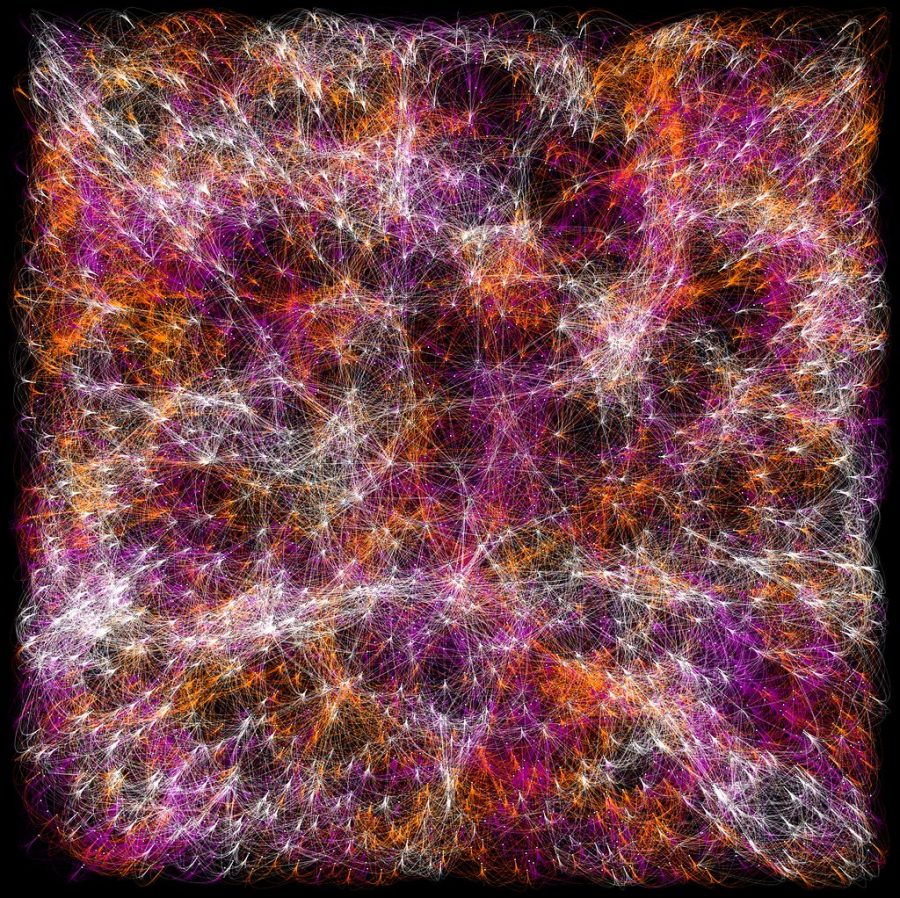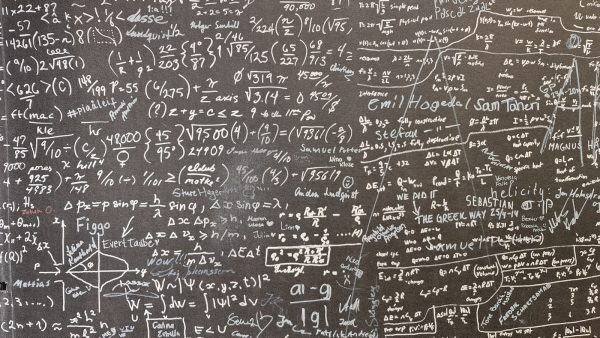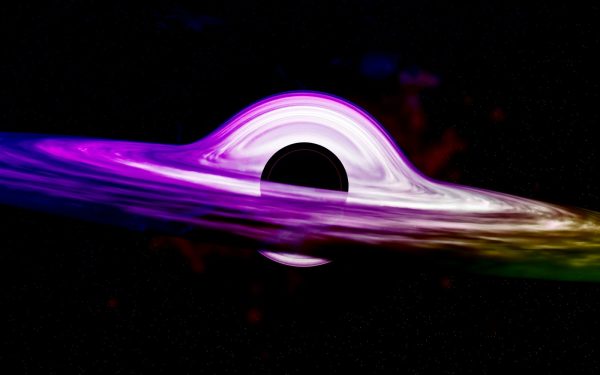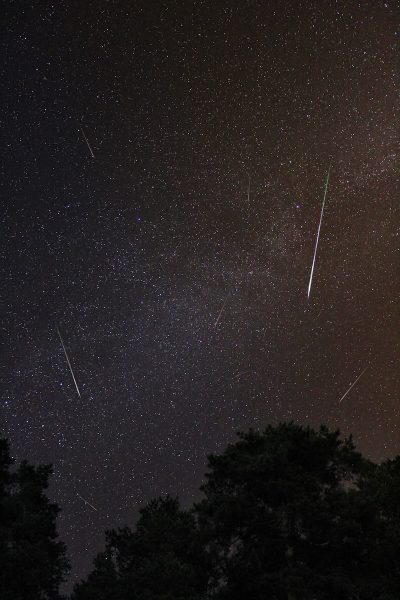String Theory— The Supposed Theory of Everything
Our universe is a vast plane of existence, so one can imagine that being able to compile all of its wonders and rules in one theory would be a difficult task. So how can string theory do this?
String theory is the idea that everything is made up of tiny vibrating strings that appear as particles from our perspective. The frequency that each string vibrates would display the properties of an individual particle, meaning that the vibration of a quark would be different compared to the vibrations of a photon.
The concept was created because of the confusion over how gravity(and, essentially, Einstein’s theory of relativity) was involved in the quantum world, the universe of atomic and subatomic particles. Scientists thought that if they managed to fit gravity into this, they would result in the “Theory of Everything.” However, whenever they attempted to calculate a collision with gravity particles, the math didn’t add up; they ended up with a pocket of limitless energy. And that’s where string theory comes in. Physicists found that if particles took the form of a string the mathematics would work out.
While string theory seemed to have solved several things, as time passed, problems and questions came up- one of them being about the number of dimensions. If the concept was true, it would mean that there are 10 dimensions- 6 more than the original 4 of 3 space dimensions and 1 of time. These extra 6 would be visible only to the strings.
Despite having several holes, string theory, with its supposedly valid computations, has and continues to help scientists get closer to the “Theory of Everything.” After all, it takes more than one step to reach your destination.
RELATED WEBSITES:
https://www.youtube.com/watch?v=Da-2h2B4faU
https://www.space.com/17594-string-theory.html
https://www.livescience.com/65033-what-is-string-theory.html
https://www.britannica.com/science/string-theory
https://www.smithsonianmag.com/science-nature/string-theory-about-unravel-180953637/










